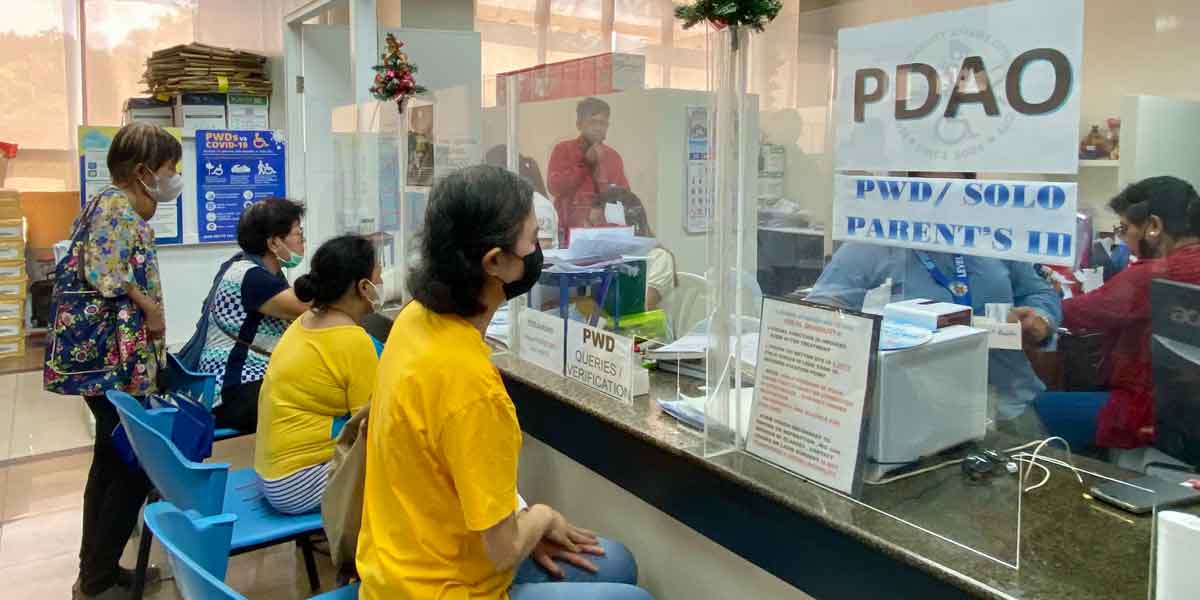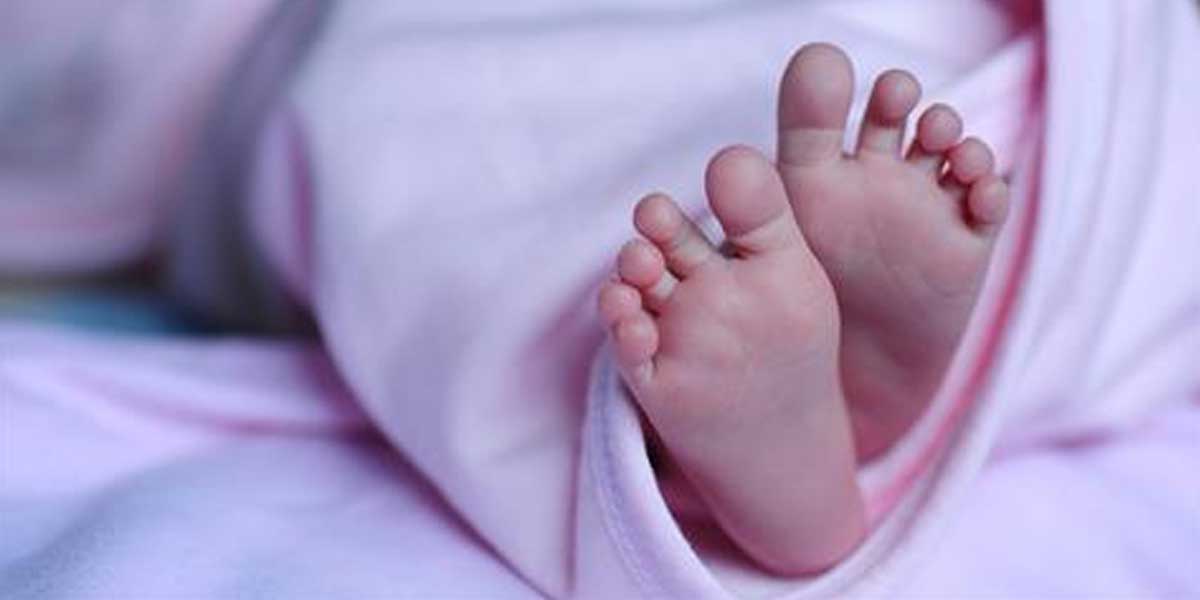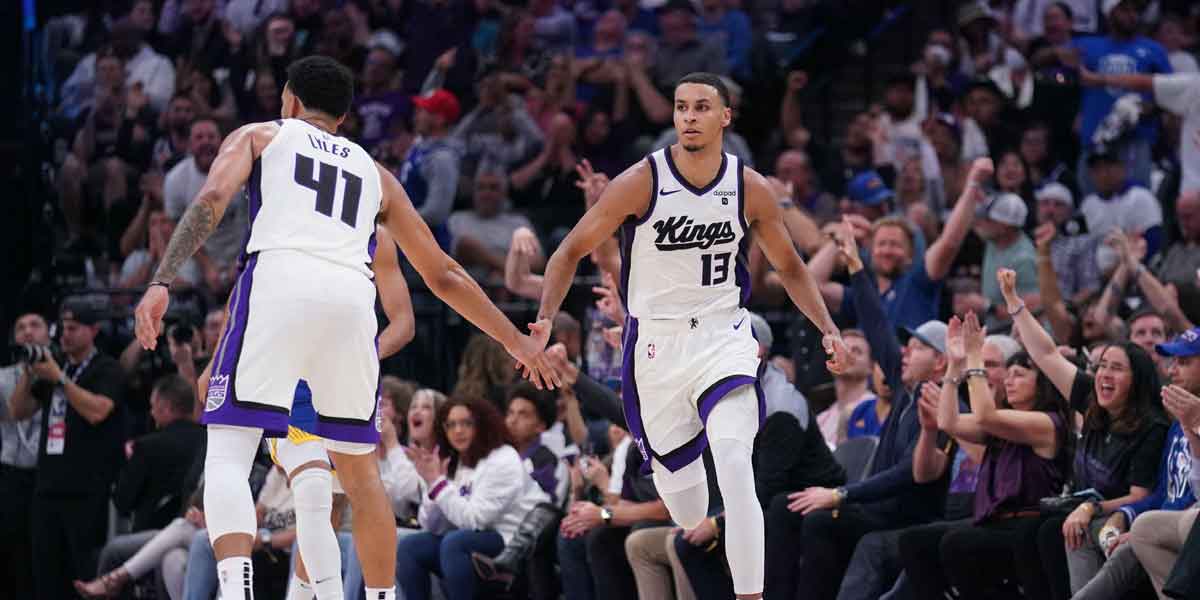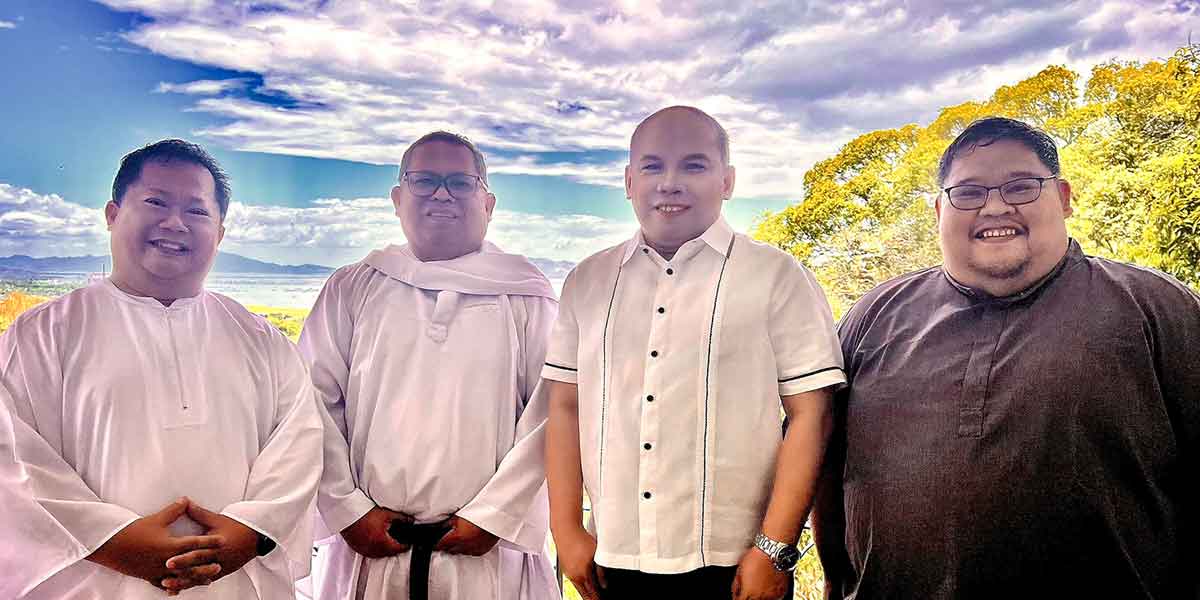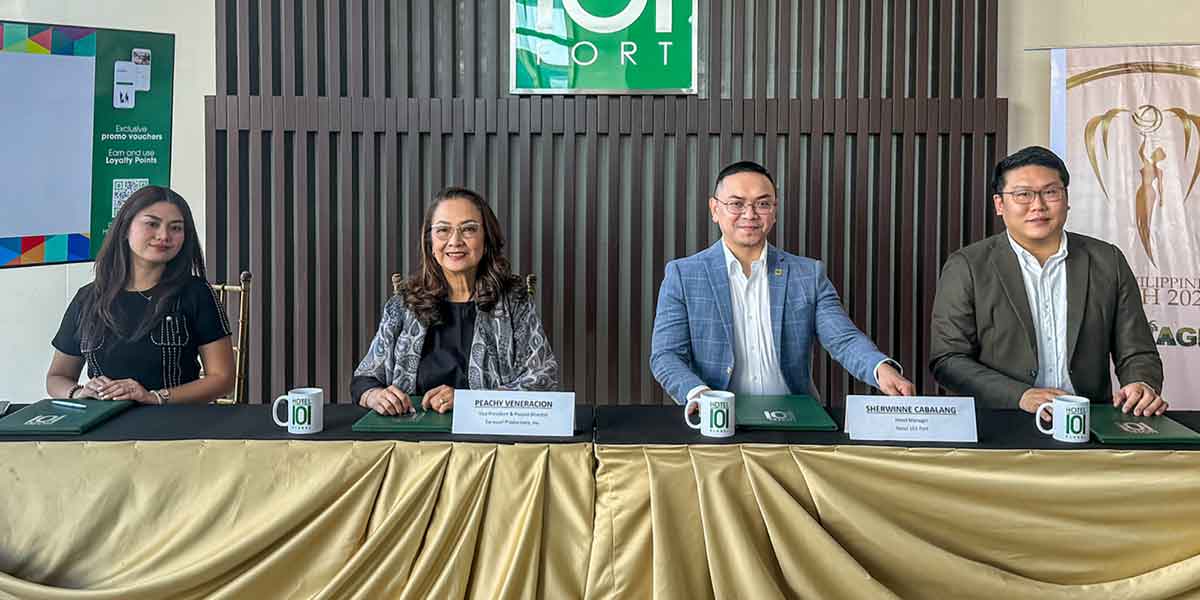 By Herbert Vego
By Herbert Vego
THE last time I had coffee with Aklanon broadcaster Jonathan Cabrera, he lamented the sudden turnaround of Boracay – where his family lives – from an international tourism hub to a “ghost town” resulting from the COVID-19 pandemic. While he was telling me about the abandoned hotels and near-empty shops and restaurants, I wondered about our entrepreneur friends who had lost investments there – hopefully, temporarily.
The last time I was in Boracay in 2014, our friend Samuel “Boy” So was building an “extension” of his well-patronized hotel, La Carmela de Boracay. He was telling us that most guests of his 1,000-room hotel were Koreans who had the money to splurge on everything there – from key chains to t-shirts and other souvenir items, jet-skiing, scuba diving, to week-long or even month-long vacation there.
Boracay had become “unaffordable” to the Filipino visitor whose one thousand pesos could not suffice for an overnight sleep at the “cheapest” hotel. There would be no more left for a meal.
The bigger hotels and restaurants were mostly owned by foreign investors, patronized by the rich and famous.
I could hardly imagine Boracay returning to the starting line. But we who had been there in a distant past could vividly travel to that island paradise back in time.
I remember the first time I sailed to Boracay. It was in 1982 in the company of the late Panay News founder Danny Fajardo and his wife Mary. There was not even one concrete building; all that lined up the beach were bamboo-and-nipa cottages. We rented one for twenty-five pesos overnight.
The room boy briefed us on our own amenities: a wood-fueled parilla on which to broil fish, a box of match and a kerosene lamp. There was no electricity all over the island yet.
While resting in the cottage, we saw a group of native fishermen pushing their small boat ashore. We strolled over for whatever fish they had caught. We offered to buy a plate of still-jumping galunggong. Without haggling for a lower price, we paid them what they wanted: five pesos! That solved our lunch and dinner problems.
At night we combed the beach. The scene of scantily-clad German couples necking and petting under the moonlight unfolded before our naked eyes. I guessed there would come a time when more of their kind would “invade” the bow-shaped island.
Long before that first visit to Boracay, I had already seen the place on the widescreen – as the location of the Hollywood movie Too Late the Hero, starring Cliff Robertson, Michael Caine and Henry Fonda. It looked very different from what it is today. It was a beach-encircled forest, indeed an ideal locale for a movie requiring a virgin forest for a war setting. There was no road network thereat then.
If the same actors were to come back to Boracay today, they would no longer recognize it as the place where they had filmed Too Late the Hero in 1968.
I can still replay in my mind some scenes of that war movie. One of them zeroes in on a group of American Navy soldiers who comb the island to flush out and capture Japanese enemies. Boracay was fictitiously identified in the movie as the New Hebrides Island.
It is the same island that the actor Michael Caine wrote an entire chapter about in his autobiography, What’s it All About? The book, unfortunately, described the island as “the worst location” he had ever filmed a movie in.
Caine wrote, “All around us was dense jungle and great hill ranges…
“So shooting began in some of the worst conditions I had ever encountered on a film. We were plagued by insects, thorns and highest humidity temperature every day.”
It was not because of that movie that Boracay first attracted visitors. It did so only in the 1970s when the papers reported about entrepreneurs raiding its beaches to gather puka shells. Puka was then in demand in the international market as material for necklace beads.


